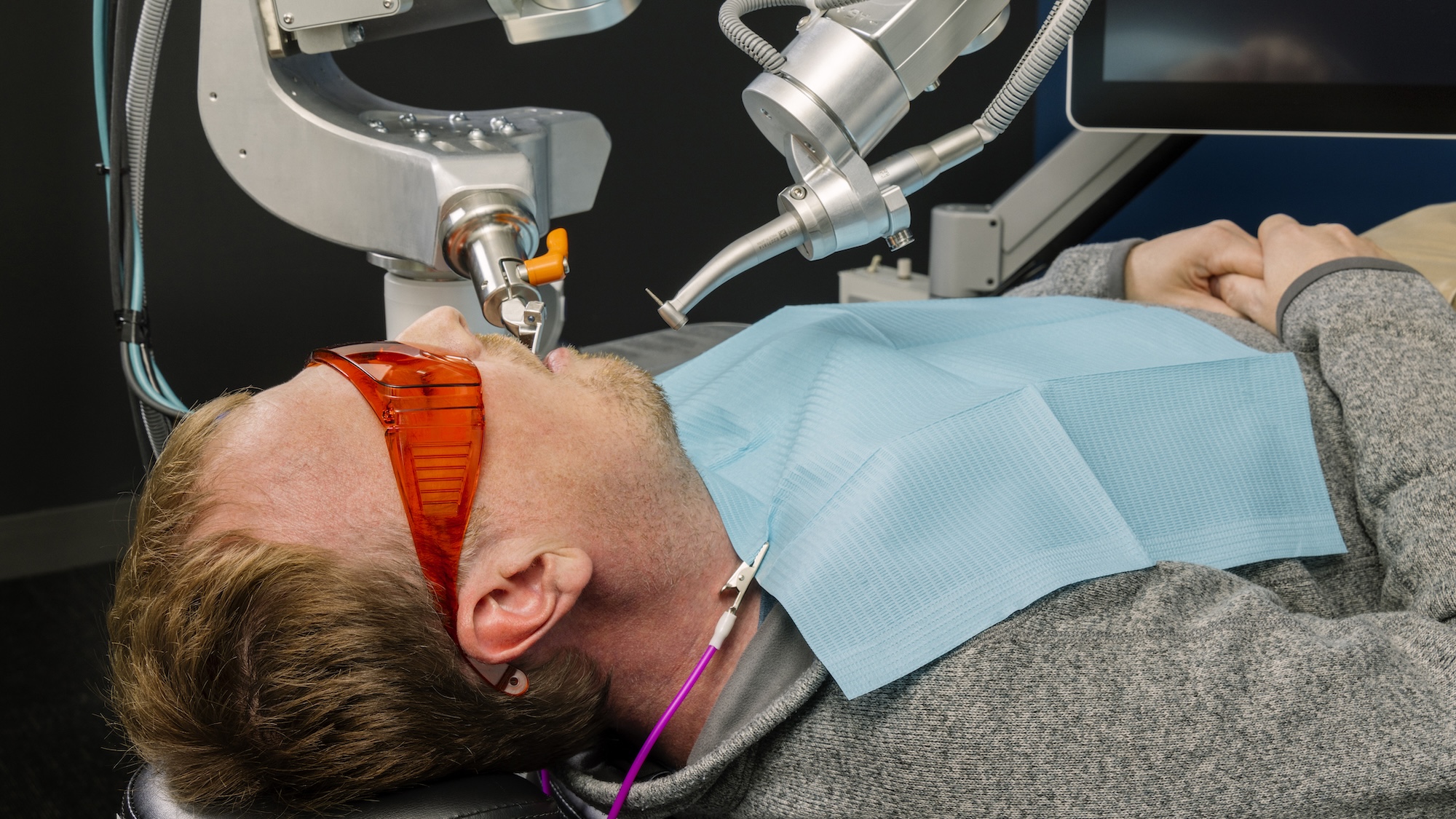Innovative Robot Dentist Performs First Autonomous Dental Surgery

Summary:
A cutting-edge robot dentist has successfully performed the first autonomous dental surgery, marking a significant milestone in medical robotics. The procedure, conducted in China, involved the precise implantation of two teeth into a patient's mouth without human intervention. This technological advancement promises to enhance the accuracy and efficiency of dental procedures, potentially transforming the future of dental care.Key Insights:
-
Enhanced Precision in Dental Procedures: The robotic system is equipped with advanced algorithms and imaging techniques, allowing for highly precise dental work. This precision reduces the risk of complications and improves the overall quality of dental care.
-
Reduction in Human Error: By automating parts of the dental procedure, the robot minimizes the chances of human error. This automation could lead to more consistent and reliable outcomes for patients.
-
Improved Patient Experience: Patients may experience less discomfort and shorter recovery times due to the robot's ability to perform less invasive procedures. The technology also aims to make dental visits quicker and more efficient.
-
Potential for Wider Adoption: As the technology proves its efficacy, it is likely to be adopted by more dental practices. This could lead to a significant shift in how dental care is administered globally.
Takeaways:
The introduction of robotic technology in dentistry marks a significant advancement in the field. By enhancing precision, reducing human error, and improving patient outcomes, this innovation holds the potential to revolutionize dental care. As the technology becomes more widely adopted, it could set new standards for dental procedures and patient experiences.